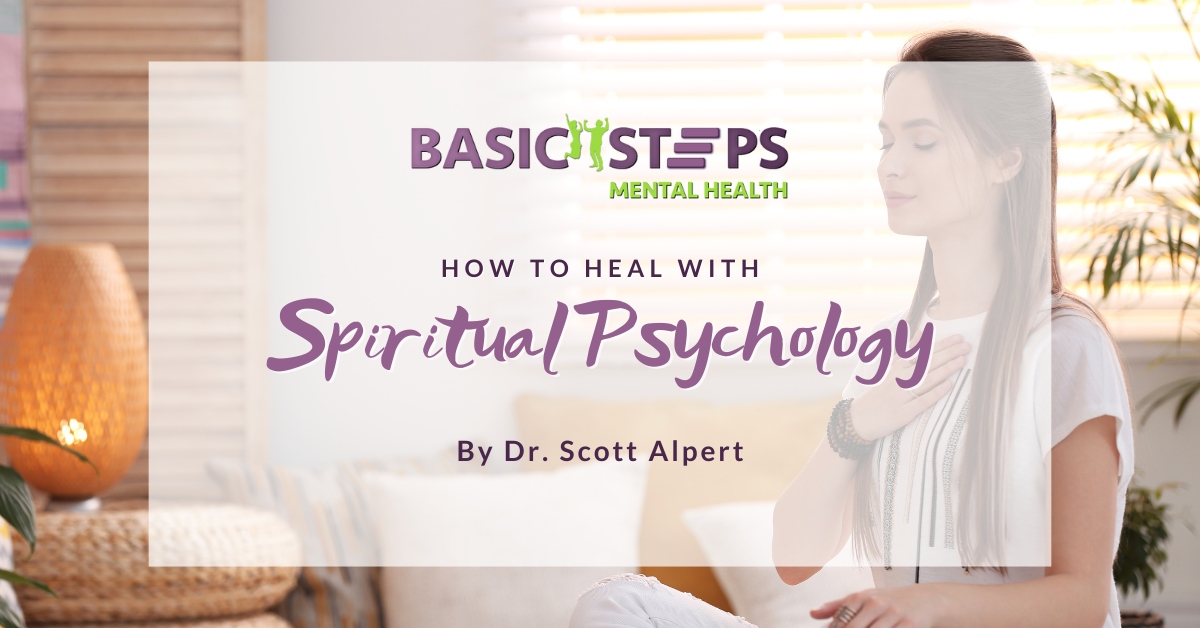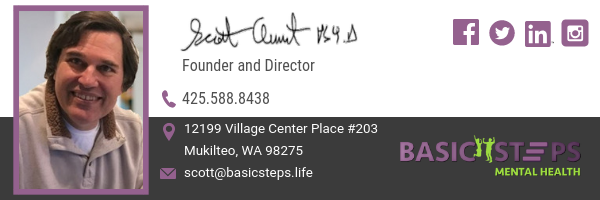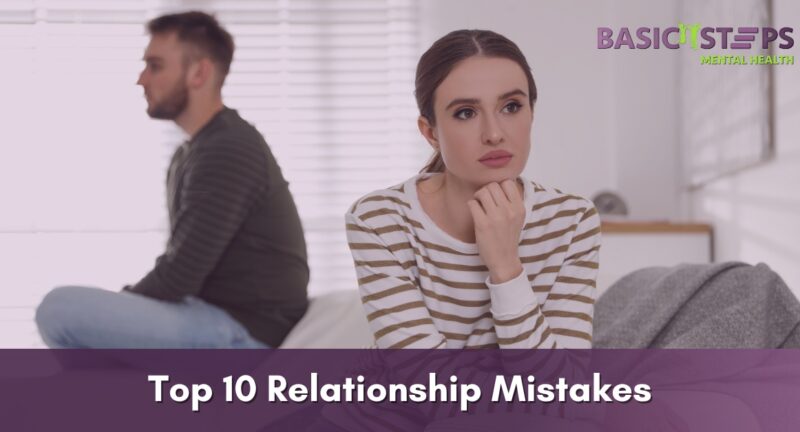
How to Heal with Spiritual Psychology
With Spiritual Psychology, we see healing as the application of love to hurt. There is an art form to this and it can take on many strategies. Claims of healing have been frowned upon in this industry since many of the top approaches showed improvements in people, but not the true ultimate healing. For example, with Gestalt Therapy, Fritz Perls believed that when people saw many angles of a traumatic situation, a sudden realization would take place and create the “Ah ha moment.” Was that healing? According to Spiritual Psychology no – only partial. Spiritual Psychology took this to the next level by honoring the part inside of us that went through the traumatic situation, thus going the full distance.
In my 11 years at the first Mental Health Urgent Care in the country, we had people retraumatize when they viewed the situation they just went through from different angles. When a person in crisis was helped to apply love to the part of them that went through the traumatic event, they improved dramatically.
What is this new psychology called Spiritual Psychology? Why is it having such profound effects on people? First of all, it actually has its roots in 1910 with Psychosynthesis and their belief that when a person is firmly living in the here and now, avoiding past or future thinking, we are more apt to be connected to our inner voice and live life through intuition and direct knowing. Fast forward to the present with modern-day Spiritual Psychology, all the evidence-based approaches are useful then the final clean-up is with the loving approach that Spiritual Psychology has.
In applying love to hurt, the harsh “Bataka” work of smashing something with a padded baseball bat, while yelling, is replaced with tender hugs clients give to the part of themselves that got hurt. This is far removed from the conventional anger work of coming up with logical steps when anger appears. Granted, these steps are valid in reducing the anger itself, but Spiritual Psychology believes that underneath the anger lies the root of the problem – the hurt that a person suffered. Real anger management only manages the emotion of anger, enhanced anger treatment is simply the application of love to the hurt, thus dissipating the anger and sometimes forever. If the root cause is addressed, then future situations that would cause the anger would have no effect. This is how we address anger issues at our facility and it has led to great success.
Healing a problem at the root means taking an emotional reaction you are currently having and riding it back in time to where it began. There is a process to getting this down, but innately we know where our issues stem from, and once the root is found, the work begins.
What is remarkable with this approach is when we get to the root of a problem and apply love to that part of us, every similar problem in our life heals. Is this some bombastic claim? Well, this was shown in the work that I did with a woman who had been raped numerous times. In her treatment we started treatment by working on her 7-year-old self, she applied love and tenderness to that younger part and reported great results. In the next session, she wanted to address her 12-year-old self who also suffered sexual abuse. In that session, she hesitated, looked at me, and said there was nothing there. At working at the root of the problem this situation, too, was healed.
For thirty years I have had the honor of treating, writing, and appearing on the radio to talk about this very process. I can do my part in presenting the processes, but for you, the reader, the responsibility of healing is firmly planted on your shoulders. The healing journey begins with a commitment to yourself. If you are sick of being where you are, then why not put your 100% into the tools of the approach?
Treating yourself with love and compassion isn’t easy. For me, yes, I went through a university where all the students practiced this approach on each other and it wasn’t easy at first because I had an ingrained habit of hating myself. I did stupid things to myself, treated others unkindly, and couldn’t find any worth at all. I figured that if I helped others then I could look more kindly upon myself, so I enrolled in school. The first week there I realized I couldn’t help out anybody else until I helped myself first. So, that was what I did, got into the habit of self-care, and continue to this day. If not, how can I help out anybody else?
As a student, I really connected to inner child work. For me, this was where the root of my problems began. From my early youth, I suffered physical abuse, witnessed abuse at home and at my friend’s home, and felt that the whole world was a scary place. Here is where my anxiety disorder began. Later in life, it got so bad I turned to substances for relief, which I thought helped at first, and then I got trapped in its daily use to simply cope.
How do you start the healing process?
The healing process starts with your commitment to yourself. Often I give homework to clients and upon return, they report not doing it at all. I cannot force people to do anything and need to meet them where they are at. To really heal the first step is to make a connection with yourself and make a vow to go the distance. Shoot, at the time of my being on the street, if a doctor reached out to me and had me wear a burlap sack for a week, I’d do it. At that time I would have done anything to change because I was at my bottom and wanted to get better. If you are spending money on treatment then you are making a financial investment in yourself. Don’t you owe it to you to make the mental, emotional, and physical investment as well?
My all-time favorite client would research what was said in our weekly sessions, come back and talk to me about his insights, and really blossomed. I remember he came in to do Rational Emotive Therapy – also known as Cognitive Behavioral Therapy and after a month said, “I came in to change my thoughts, but soon realized that you were teaching me how to improve my soul.”
What people learn in therapy has been tried and true. It is evidence-based and has proven results. Not to use it is like leaving your winnings at the Casino. I recall reading a book by Louise Hay that talked about the power of intentions and how people didn’t understand the power of using them so they didn’t. That is again like leaving your winnings on the Black Jack table.
One of our tools is helping people create a personal affirmation to repeat over and over again. It is kind of like a mantra that focuses normally on three qualities they want to experience more in their life. For example: “I am happy, healthy, and strong.” Since our brain gets hardwired into automatically thinking and feeling a certain way, if you are chronically negative, a positive statement can be jarring. That is the science of this tool. In repeating something different, we train ourselves to think differently, and the result is, in the above example, feeling happier, healthier, and stronger.
I remember walking into a bank one day, a bank I dreaded since everybody there seemed to be judging me. This day however was different. I didn’t feel judged, I was more at peace, and then it dawned on me – the new psychology I was learning was having an impact. My affirmation that I had been repeating was actually working! It was so subtle. It wasn’t some grand process I was so worried about going through, I was simply repeating words and was happier. This was amazing! I was hooked!
I think the biggest deterrent to healing is ourselves. “If you think you can, if you think you cannot, you’re right.” This was a quote from Henry Ford. If you fail to put in any effort into your healing you will remain how you are. Often people fail to try because they are stuck in their comfort zone. What is familiar – even if it is miserable – is predictable and normal. Here is where people report that they are afraid to be happy because if they allow themselves to be this way, misery is sure to follow. So they keep themselves down and don’t want to give themselves any false hope. Shoot, let yourself feel happy for goodness sake. Build that muscle. See how happy you can make yourself and try to hold onto it for a very long time. At first, happiness is like a window of opportunity. See how long you can keep that window open before (out of habit) the window shuts. If it shuts, it is okay. It will open again and the next time see how much longer you can keep it open. Push yourself. Don’t you deserve it?
“I am not worthy.” I’ve heard it before. People have reasons why they don’t deserve to heal or be happy. It is important to realize that we learn through trial and error. Sometimes we fall. If we can get up and learn from the fall we walk forward. If you are not failing, you are not growing. Risk the fall. Try on new tools and approaches. Practice and master them. Labeling yourself as a failure only prolongs the healing process. Use the fall as a stepping stone to getting to where you want to be. Yes, we all have a past, but are you repeating it or are you learning from it and moving on? Be in the now, not in the past. That was you, who are you now?
I believe that the above article can show you the magical side of psychology. By gathering more knowledge and more experience, you can accomplish feats you’ve never dreamed of. Shoot, over 40 years ago I was an addict and homeless. Tired of being miserable and hopeless I began to work on myself. I was a loser and identified as a loser who didn’t deserve to be happy. I was so used to being a loser that I sabotaged everything positive in my life, till one day when I had enough and began fighting my normal and replacing it with determination to be better. Now, my life is a dream because I use each day to move towards my heart’s desires. Look, if this loser can do it, why not you? Go for it, taste happiness, and keep eating. May this be an amazing healing journey for you. You do deserve it.
Compassionate Care is Always Available
There are many more tools and strategies you can use in your pursuit of happiness. Here is where we come in. Contact us at Basic Steps Mental Health and let us support and educate you on this journey back to your loving heart center. Imagine living a heart-centered life, regardless of what is happening externally. We’d love to be of help.
For 25 years, Dr. Scott Alpert, the clinical director of Basic Steps Mental Health, has treated over 7,000 people with mental health and addiction problems, using a Psychological approach that mixes and matches ten of the top approaches used in the industry. We are here virtually and in-person to help you get through this COVID-19 pandemic and many other difficulties you may be experiencing.
May you have good mental health.
Related Posts
Top 10 Relationship Mistakes
Relationships take work and if you don’t know the proper skills, it can be...
The Pitfalls of Always Having to be Right
Do you have to be right all the time? This has roots in early development. If...




